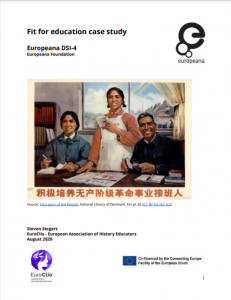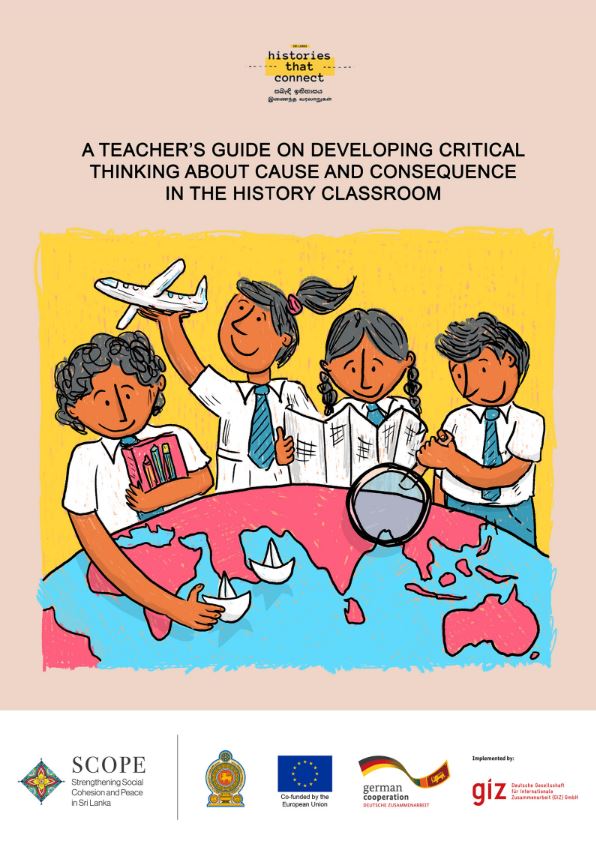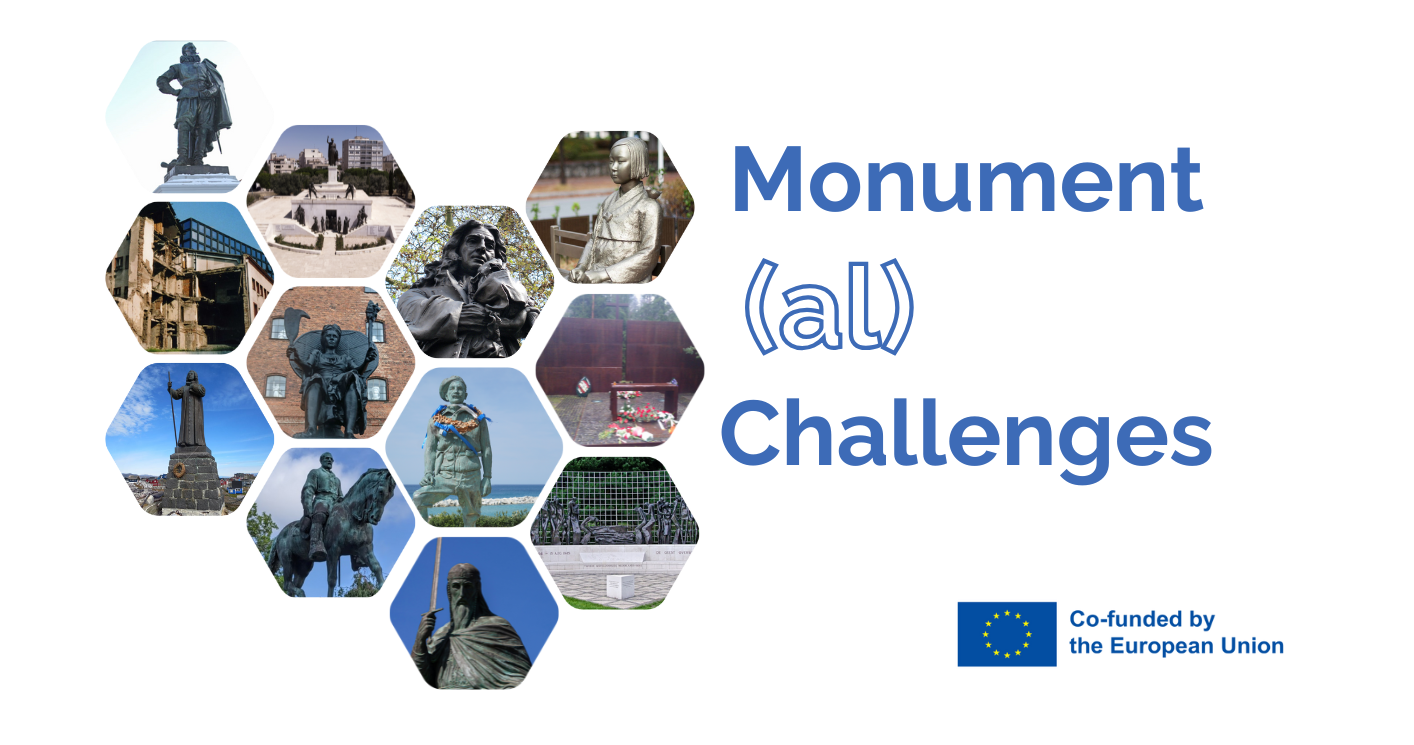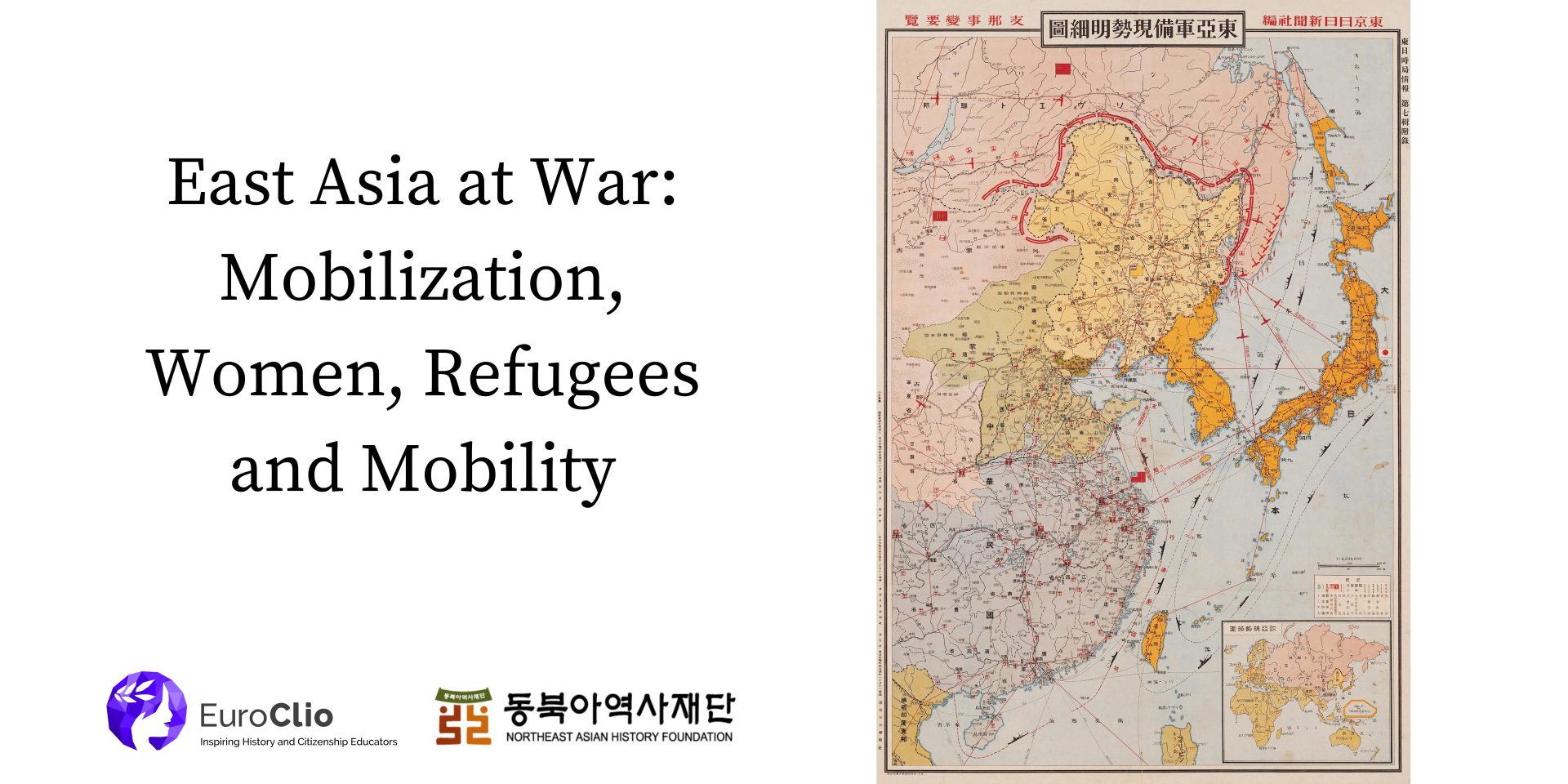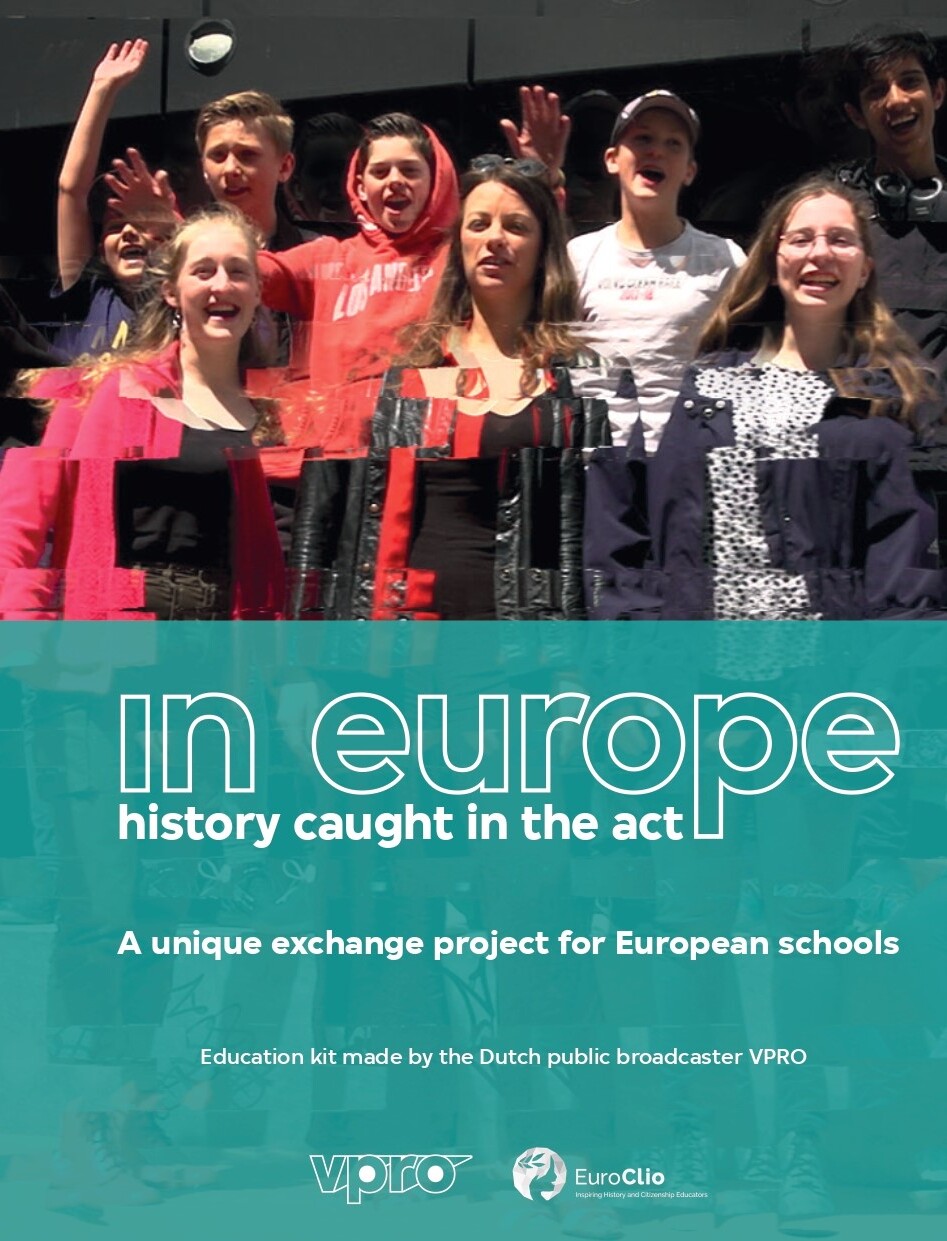To encourage cooperation between people working in the fields of education and cultural heritage, EuroClio has produced a case study providing insights into the use of online collections for and by educators. The case study is based on work done by EuroClio, historians and history educators from its network, who have worked to find and present over 1,000 sources from Europeana in more than 60 source collections, available at Historiana.
The case study aims to help cultural heritage institutions understand what educators look for while searching online collections, and how to make their content more accessible for education. These insights can help suggest the order in which pieces from collections can be digitised and help institutes think about reducing barriers to access.

Teacher’s Guide: Developing Critical Thinking about Cause and Consequence in the History Classroom

Monument(al) Challenges Toolkit

East Asia at War: Mobilization, Women, Refugees and Mobility – Sourcebook
Many of today’s conflicts and tensions can be rooted in [...]

Education Kit on “A New Europe – United Diversity” – VPRO In Europe Schools

“How to give a tour around contested sites?” A Contested Histories Onsite Toolkit

